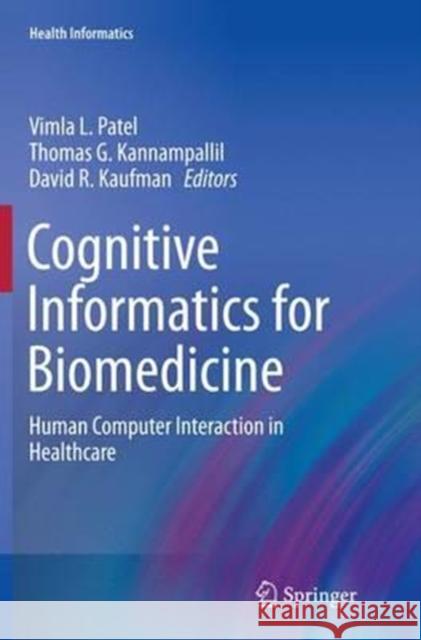Cognitive Informatics for Biomedicine: Human Computer Interaction in Healthcare » książka
topmenu
Cognitive Informatics for Biomedicine: Human Computer Interaction in Healthcare
ISBN-13: 9783319356976 / Angielski / Miękka / 2016 / 332 str.
Kategorie BISAC:
Wydawca:
Springer
Seria wydawnicza:
Język:
Angielski
ISBN-13:
9783319356976
Rok wydania:
2016
Wydanie:
Softcover Repri
Ilość stron:
332
Oprawa:
Miękka
Wolumenów:
01











